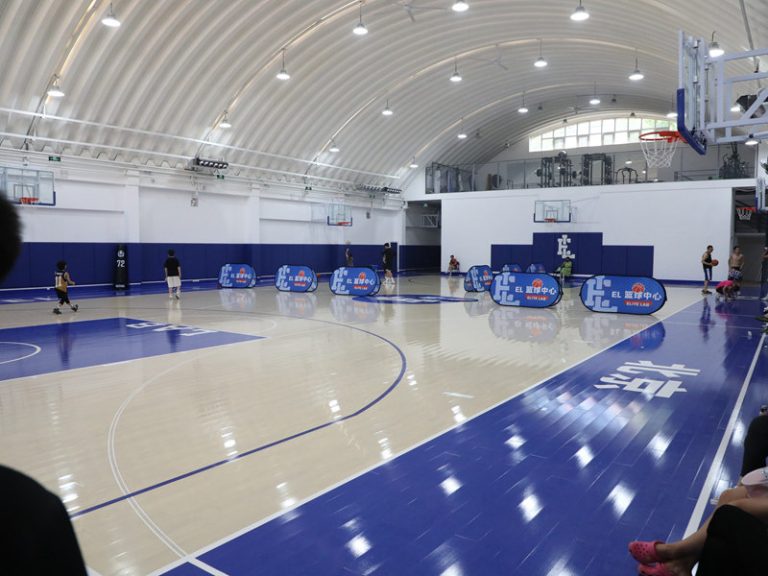Designing an indoor sports space? One of the most critical components you’ll choose is the indoor sport flooring. Whether it’s for a school gym, a training facility, or a professional court, the right surface determines how athletes perform—and how long your investment lasts.
Here’s everything you need to know to select the best sport flooring indoor for your space.
Why Indoor Sport Flooring Matters
Indoor environments place unique demands on sports surfaces. From temperature control to acoustic performance, your flooring must:
Provide shock absorption to reduce joint strain
Ensure consistent traction for multiple types of movement
Be resilient to heavy traffic and equipment use
Minimize noise and echo in enclosed spaces
Choosing the right floor isn’t just about sport—it’s about safety, acoustics, durability, and versatility.
Top Materials Used in Indoor Sport Flooring
1. Hardwood (Maple & Oak)
Best for: Basketball, volleyball, indoor soccer
Features: Excellent ball bounce, professional look, long lifespan
Notes: Sensitive to humidity and requires regular maintenance
2. Synthetic PU Flooring
Best for: Multipurpose gyms, aerobics, martial arts
Features: Seamless installation, high elasticity, easy to clean
Notes: Can be customized for different slip levels
3. PVC/Vinyl Sports Flooring
Best for: School gyms, budget projects
Features: High wear resistance, quick installation, multiple layers for performance
Notes: Great value for multi-activity spaces
4. Rubber Flooring
Best for: Weight rooms, functional training zones
Features: Superior shock absorption, noise reduction
Notes: Typically used in sections rather than whole courts
5. Modular Interlocking Tiles
Best for: Portable courts, event setups, temporary gyms
Features: Fast installation and easy replacement
Notes: Ideal for hybrid indoor-outdoor usage
Where Sport Flooring Indoor Is Used
Educational Institutions: Daily use for classes, events, and games
Recreation Centers: From youth leagues to adult fitness programs
Training Gyms: Skill development, drills, or professional conditioning
Corporate & Hotel Facilities: Wellness centers or employee gyms
Event Spaces: Quick setup for tournaments or exhibitions
Key Factors When Choosing Indoor Sport Flooring
Type of Sports Played: Different activities require different traction and shock absorption
Frequency of Use: High-traffic areas need higher durability
Aesthetic Needs: Logos, line markings, and branding add identity
Subfloor Conditions: Moisture, slope, and structure must be assessed
Budget and Lifecycle Cost: Sometimes higher upfront investment = longer savings
Installation Tips
Always use professionals for hardwood and polyurethane surfaces
Allow acclimatization time for wood products
Install proper subfloors or shock pads for optimal performance
Plan layout with multi-sport markings if needed
Maintenance Guide
Daily: Dry mop or sweep to remove debris
Weekly: Use pH-neutral cleaners for deeper cleaning
Monthly: Inspect seams, expansion gaps, and wear areas
Annually: Recoat, buff, or refinish based on the material used
Bonus: Customization Options for Indoor Sport Floors
Want to make your facility stand out? Customize your floor with:
Permanent court markings for various sports
Custom logos and branding
Anti-bacterial and slip-resistant coatings
Colored zones for different activity types
These enhancements improve function and aesthetics—boosting the user experience and your brand image.
Final Words
Sport flooring indoor is more than a surface—it’s the foundation of performance, safety, and versatility. Whether you manage a public gym, a professional facility, or a school court, selecting the right floor ensures you’re investing in excellence.
Choose the material that fits your needs, consider your audience, and work with experienced installers to make your vision a reality. A great floor doesn’t just support sports—it empowers athletes.


